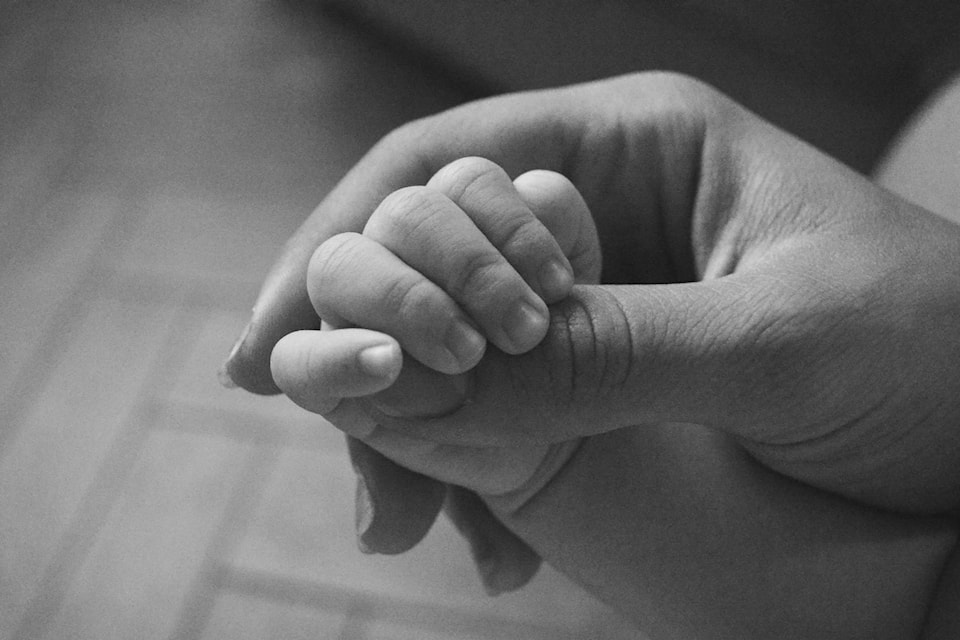A new set of guidelines issued this month aims to help new moms and their babies overcome addiction to opioids side by side.
The BC Centre on Substance Use and Perinatal Services BC compiled five care principles and eight treatment recommendations from prenatal to postpartum stages of pregnancy for women who use opioids.
Recommendations include offering the full scope of harm reduction supplies and services, as well as all kinds of treatment options, including methadone and suboxone, and encouraging breastfeeding while safe.
The biggest change is recommending to no longer separate an addicted mother from her newborn immediately after birth. Instead, the baby’s crib is kept by the mother’s bedside. It’s called rooming-in.
“Historically, these babies were taken from delivery and rushed off to neonatal care units, and titrated on morphine in a dark, warm box away from mom – and this was the standard care,” said Dr. Eric Cattoni, the medical lead at FIR Square, a BC Women’s Hospital unit that provides specialized services for women with substance use issues.
FIR Square offers 12 beds for pregnant women who use illicit drugs, and those beds are rarely empty, with the unit often relying on overflow beds.
“I don’t know if there’s a patient population in Canada that has changed more drastically or more quickly than the opioid substance use disorder patient population, and the same has happened in pregnancy,” Cattoni said.
Left untreated, pregnant women with opioid addictions are not only at risk of overdose and injection-related infections, but also face a higher likelihood of adverse outcomes for the baby, including poor fetal growth, increased mortality risk, and neonatal opioid withdrawal symptoms.
Meanwhile, babies too go through withdrawal. They have difficulty eating, sleeping and gaining weight.
When women and their babies undergo treatment next to each other, Cattoni said, resilience kicks in like a switch turning on.
“What’s been shown is these babies actually do far better when they stay with their mother. And that statement seems obvious in itself, but for a long time, this was not what was being done clinically,” he said.
“What we’re finding now, is when mom is staying with baby, baby is on mom’s chest, [doing] skin-to-skin care and breastfeeding when safe and appropriate, babies need far less treatment with morphine, they stay for less time in the hospital they do much much better … and mom does much better.”
Cattoni acknowledges the guidelines are harder to attain in rural regions.
In Nelson, for example, it’s common for a woman to travel as far as Kelowna to deliver her baby. This can make treatment for opioid use more complicated.
The provincial government needs to build capacity for programs focused on pregnant woman and their partners facing problems with substance use, he said, but the changes start with attitudes among frontline healthcare workers and clinicians.
“You don’t need a big fancy hospital, and you don’t need all these fancy facilities to provide effective care for these women and their babies,” Cattoni said.
“You need to have an understanding of what it means to establish a meaningful therapeutic rapport with these patients… and to work towards a healthy family unit as early as possible instead of alienating these patients and making them afraid to present to care cause they are afraid their baby is going to be taken away or they’re afraid of being treated poorly.”
The guidelines are integral, he added, especially as the opioid epidemic shows no sign of letting up.



